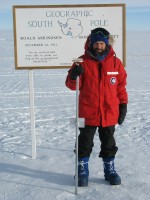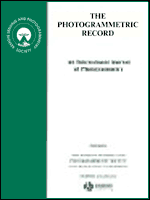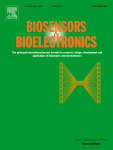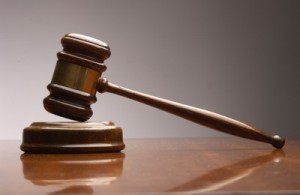
We have seen plenty of projects unravel due to disputes over authorship, so we know this is a crucial issue in publishing. And the more authors are involved, the more issues can arise. So what happens when there are hundreds – or even thousands of authors on a single paper? Spencer Klein, a senior scientist at Lawrence Berkeley National Laboratory and a Research Physicist at the University of California, Berkeley, offers some suggestions for how mega-collaborations could think differently about authorship.
Over the past few years, Retraction Watch has hosted a number of interesting discussions about the meaning of authorship. Those discussions have, so far, missed one important issue: What should one do in mega-collaborations, with memberships the size of a large village? In my field (astro/nuclear/particle physics), papers with hundreds of authors are common, with recent papers by the ATLAS and CMS collaborations, the two large experiments at CERN’s Large Hadron Collider, having 2,870 and 2,270 authors respectively. One 2015 joint paper appears to have broken an authorship record with more than 5100 authors. (It’s also an increasing issue in other fields, such as genetics – one 2015 paper listed 1,000 authors.)
The usual techniques for assembling author lists fail here; a 2,500-person negotiation is a non-starter. Continue reading When it takes a village to write a paper, what does it mean to be an author?








